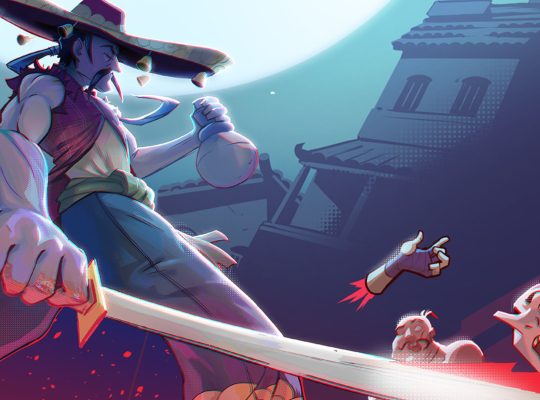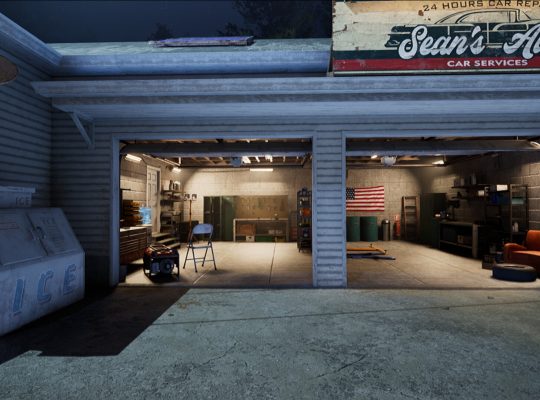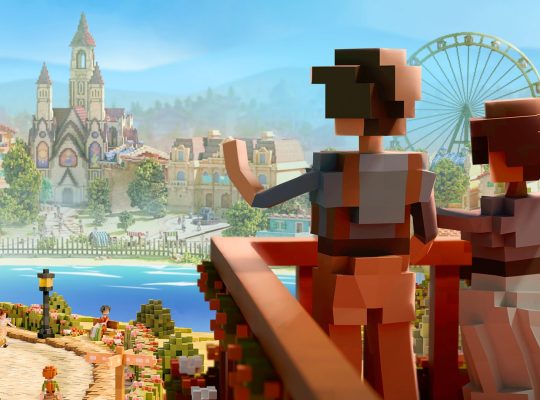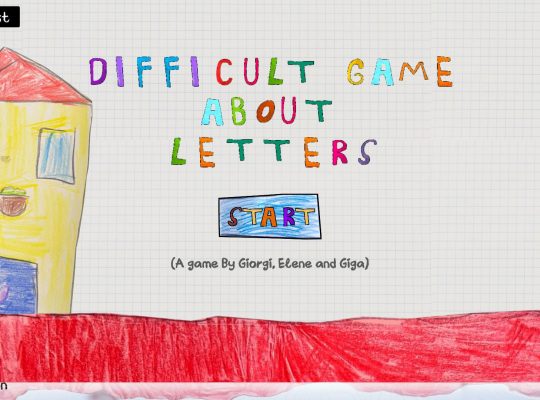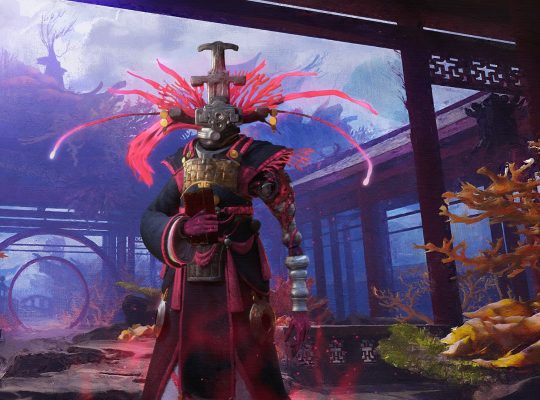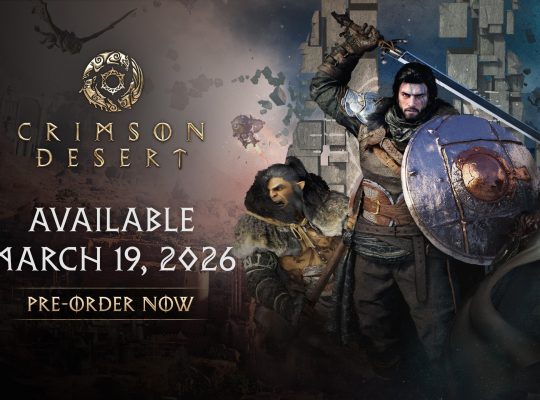Ratatan is the highly anticipated spiritual successor to the beloved Patapon series, created by original director Hiroyuki Kotani. It’s a unique rhythm-action game that blends side-scrolling strategy with a roguelite structure. You play as a Ratatan, a musical war leader who commands an army of adorable, spherical creatures called Cobuns using rhythm-based button inputs.
The Beat Goes On, But the Timing Doesn’t
You command your Cobun army using rhythmic drum sequences. The four buttons correspond to different commands: advance, attack, defend (guard), or use a special hustle tech skill. The core idea is that you’re always in action with the music constantly playing, requiring you to memorize the sequences for each command, both the letters and the controller inputs.
However, the mechanic has a major flaw: while it fits the music, the commands never feel satisfyingly executed. The timing is off, always a second late or too fast, forcing you to time your button press to a visual line on the screen instead of the music itself. This is genuinely frustrating because you can never achieve a “perfect hit,” only “good” or “bad” ones. The intended rhythmic timing is simply not working with the music.
The primary difference from Patapon is that you directly control the main Ratatan character (the hero/Hatapon equivalent). This adds a crucial layer of action gameplay: while you’re drumming commands for your army, you must simultaneously manually position your Ratatan to dodge boss attacks, angle your Cobuns’ charge, or activate environmental effects.

Ratatan’s Roguelite Grind Falls Short
Successfully hitting rhythmic commands builds the Fever Mode meter. When you enter Fever, your army gets a significant boost to both attack and defense, and the background music changes dramatically, creating a powerful feeling of success. Also, a well-timed Guard can negate a boss’s powerful attack, but missing the beat means taking full damage. This results in a demanding challenge that requires mastering rhythm, tactical command, and hero positioning all at once.
Ratatan shifts to a roguelite structure, a fundamental change from the mission-based progression of Patapon. A “run” involves moving through random stages and encounters that culminate in a boss fight. Upon clearing a stage, you select a reward. These rewards are temporary and run-specific, such as powerful buffs or modifiers like “Basic attacks inflict poison” or “Defensive barrier gains 50% more health.” These are essential for creating a unique build for your current attempt.
Separately, you collect permanent resources that are spent at the Rataport hub to craft new Cobun weapons, unlock new Ratatan characters, or permanently upgrade base stats. However, the core progression relies on a mandatory and frustrating permanent grind. The difficulty and damage curve in later worlds is too steep, making skill alone insufficient. This repeatedly forces you to replay early levels just to gather materials for essential permanent weapon and Cobun stat upgrades.

Colorful Chaos and Phenomenal Sound
The before mentioned issues are also connected to bosses with massive HP pools that take 10-15 minutes to defeat due to low base damage output. This reveals a major balance issue: instead of getting stronger as you play, you feel consistently weaker. Upgrades don’t seem to contribute meaningfully to your damage, robbing the game of a sense of progression. For example, if I focus on a status like fire or poison, it should logically lead to reliably high damage, but it doesn’t.
Ratatan’s visual presentation is one of its most appealing qualities. It moves away from Patapon’s dark look, adopting a colorful, highly expressive 2D animation style instead. Character designs keep the original charm but use a more saturated, “toy-box” aesthetic. The chaos of over a hundred units fighting on screen is rendered with fluid, cartoony motion. The humor is reinforced by text bubbles that pop up, translating war cries, like the Cobuns cheerfully screaming “Murder!”.
As a rhythm-action game, the music is essential, and Ratatan delivers a phenomenal soundtrack. The music is upbeat, catchy, and deeply dynamic. Plus, each Ratatan character has a distinct voice for the command chants, adding personality to the simple sounds. Although the loop is repetitive, it’s never boring or frustrating and always sounds great.

Early Access is Messy and Tedious
In the end, Ratatan is in Early Access for a reason, as the game currently only has five main stages, and while I did enjoy the roguelike element of getting different cards and creating new builds, a single “run” takes a ridiculous amount of time and quickly becomes extremely tedious. A major issue is the hero’s extreme fragility. It feels awful to spend all your time cowering or running away and ignoring the rhythm commands, simply because you have no healing and can’t afford to keep the beat going.
The developers are actively working to fix bugs, resolve issues, and add more content. While the first few hours are quite fun, the game currently loses enjoyment the longer you play. This issue will likely remain until the balance problems are resolved. Despite this, although it’s still mess and rough around the edges, I can still definitely recommend this game if you loved the original and want to try a new take on the roguelite genre.
Pros
- Unique Genre Blend and New Mechanic: Combines side-scrolling strategy, rhythm-action, and a roguelite structure, creating a chaotic yet charming blend of genres.
- Engaging Multi-Tasking Gameplay: The manual control of the Ratatan character adds a crucial layer of action, forcing players to simultaneously master hero positioning, rhythm, and tactical commands.
- Dynamic and Phenomenal Soundtrack: The music is upbeat, catchy, and deeply dynamic, with a powerful effect when entering Fever Mode, which creates a strong feeling of success.
- Highly Expressive 2D Visuals: Adopts a colorful, highly expressive 2D animation style with a “toy-box” aesthetic, and the chaotic battle scenes are rendered with fluid, cartoony motion.
- Meaningful Roguelite Run-Specific Builds: The temporary, run-specific rewards (buffs/modifiers) are essential for creating a unique and effective build for each current attempt.
Cons
- Fundamental Rhythmic Input Flaw: The rhythmic timing is off, forcing the player to rely on visual cues instead of the music, resulting in a frustrating inability to achieve a “perfect hit.”
- Mandatory and Frustrating Permanent Grind: The difficulty curve is too steep, necessitating repeated, boring early-level runs to gather materials for essential permanent stat and weapon upgrades.
- Severe Damage and Health Balance Issues: Bosses have massive HP pools that lead to 10–15 minute fights, and individual upgrades do not contribute meaningfully to damage, robbing the game of a sense of progression.
- Extreme Hero Fragility and Tedious Runs: The main hero is too fragile, forcing the player to ignore rhythm commands to cower and run away. A single run takes a “ridiculous amount of time” and quickly becomes “extremely tedious.”
- Early Access State and Lack of Content: The game currently only has five main stages, and despite fun early hours, the game “loses enjoyment the longer you play” due to underlying balance issues.
Review copy provided by the publisher
3.6




